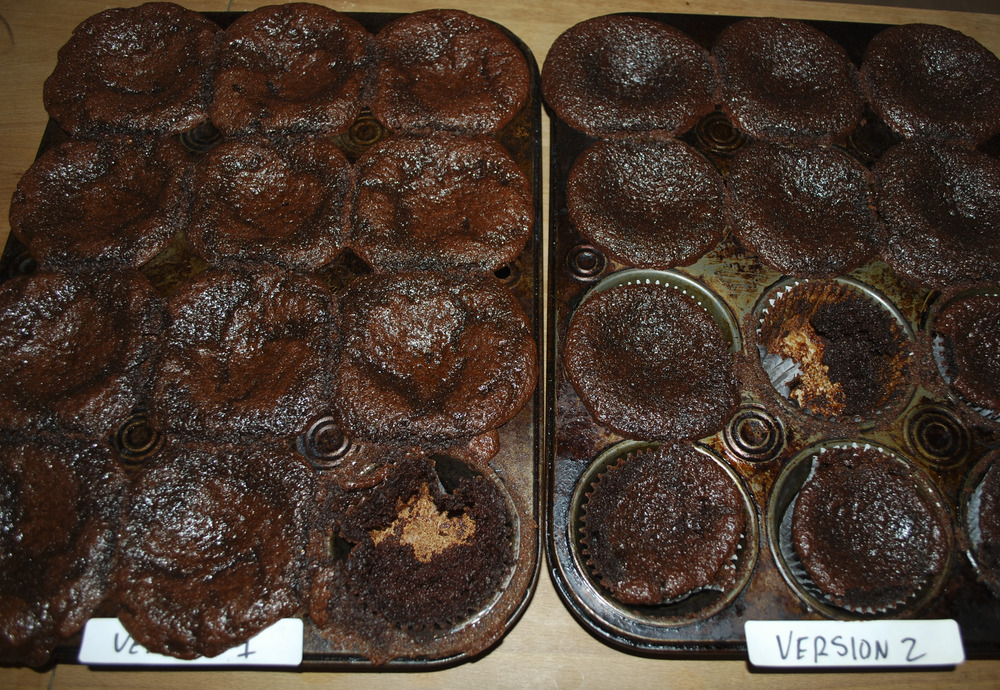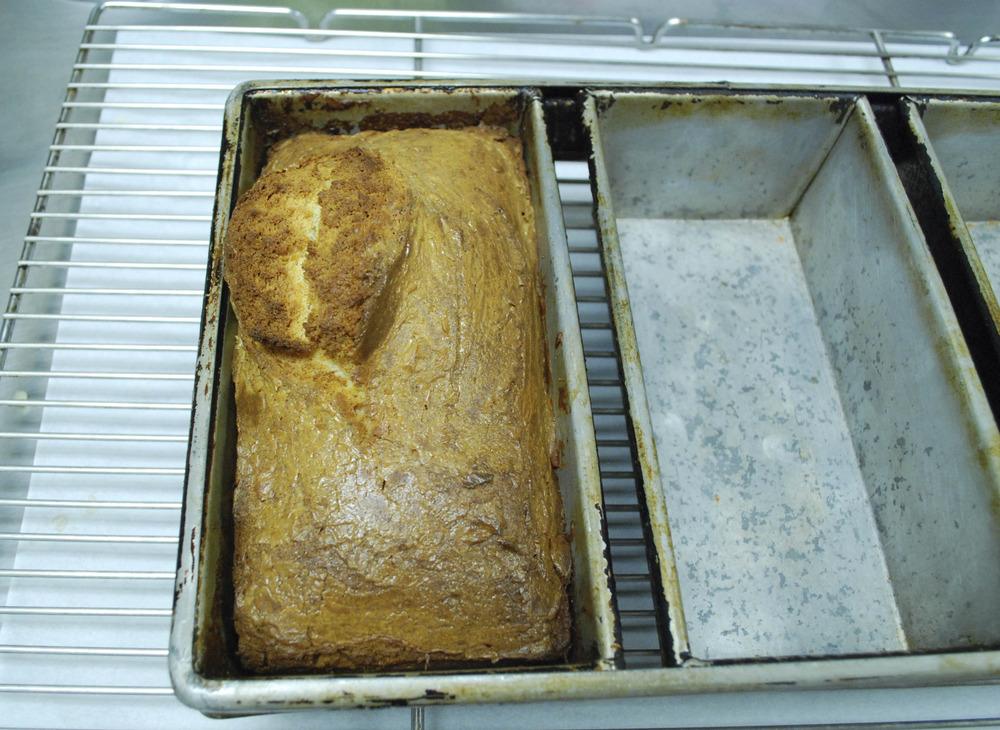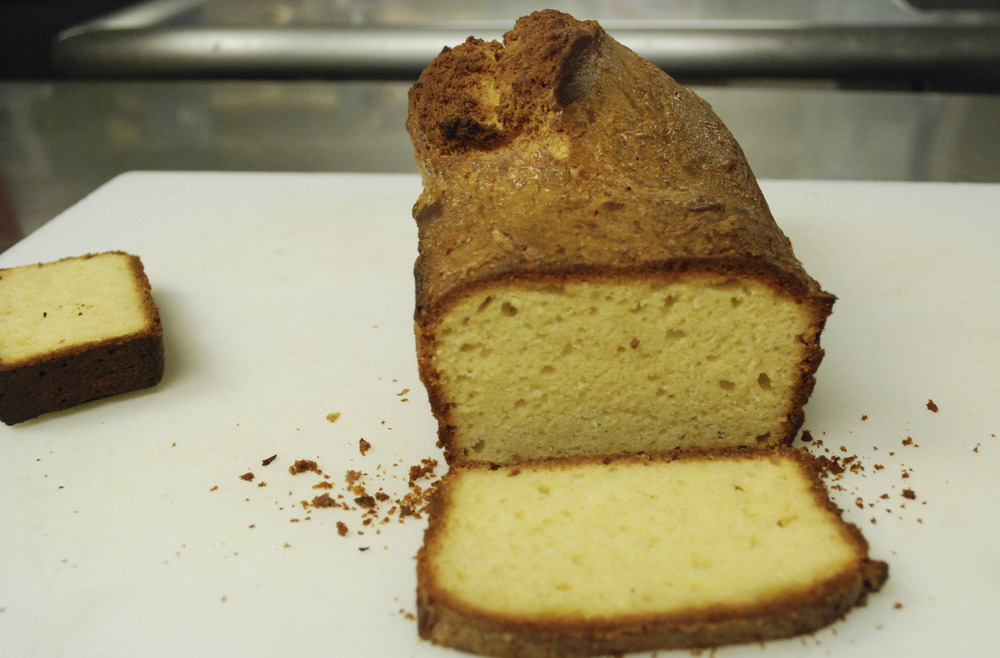A disclaimer: The following recipe for an all purpose gluten free flour was not created by me. It was created by Alex and Aki of Ideas in Food www.IdeasInFood.Com I was just fortunate enough to run some tests on it. A little over a week ago, they posted a recipe for a gluten free flour blend that should work as an all purpose gluten free flour. For some reason, this got me excited. I do not have celiac and gluten is not an issue for anyone in my family. For whatever reason, I wanted to put this recipe to the test. I made the flour blend and then made some pancakes. I cooked them for my wife, and then took them to work and made them for some of my cooks. It was unanimously agreed that these were better than traditional white flour pancakes. I posted this result to Alex on Twitter. Surprisingly, he sent me a message asking if I could try baking with a new gluten free blend. As soon as they had published their original recipe which contained cornstarch, there were some concerns that corn was an allergen trigger, much like gluten. They revised their recipe, but were on vacation and not able to run tests like they normally would.
Of course I jumped at the chance to take this new, unpublished recipe and put it to the test. What followed was a testing of cupcakes and pancakes made with both Batch 1 Iif flour and Batch 2 Iif flour, and the Ideas in Food no knead brioche made with only Batch 2 flour. I made everyone I know eat these products all week. By last night, my pregnant wife was craving pizza made with good old white flour. Here are some of my findings, sparing you many of the mundane details.
Batch 2 Gluten Free Flour
350 grams arrowroot
350 grams sorghum flour
450 grams tapioca starch
450 grams white rice flour (optional millet flour substitution)
200 grams brown rice flour (optional sorghum flour substitution)
200 grams non-fat milk powder
20 grams guar gum
Put the arrowroot, sorghum flour, tapioca starch, white rice flour, brown rice flour, milk powder and guar gum into a large bowl and whisk together. Put the blended powders into a blender in small batches and turn the blender on low and increase the speed to high. Use the blender to pulverize the powders and uniformly grind them. After each batch of powder is pulverized put it into a large bowl. This will take 6-8 times if using a large commercial blender. Once the powders are all finely ground stir them together one last time in the bowl and then put the “flour” into zip top bags for storage.
What I found was that in side by side recipes using both flour blends, the items made with the Batch 1 flour had more of an underlying rice flavor, which is surprising since both recipes had the same amount of white and brown rice flour. In the chocolate cupcakes, some people said that they tasted bitter with the Batch 1 flour.
If I was not able to eat gluten, Batch 1 would be a great option for baking. But what I found was that the items made with the revised Batch 2 flour taste and had a texture closer to the traditional items. Sure, the cupcakes fell a bit and the brioche was “a bit spongy”, but people who didn’t know what I’d done didn’t guess that these were gluten free.
While picking up some of the ingredients at the store, most of which can be bought at Whole Foods or Wegman’s, I noticed how much these companies price gouged you because they could. Now everyone can make their own AP gluten free flour to use as they like. I’m constantly amazed by the things that Alex and Aki are doing over at Ideas in Food. I’m fortunate to have had the opportunity to take classes with Alex and eat their food. They provide daily inspiration to cooks. Thanks
Here are some of my pictures:









